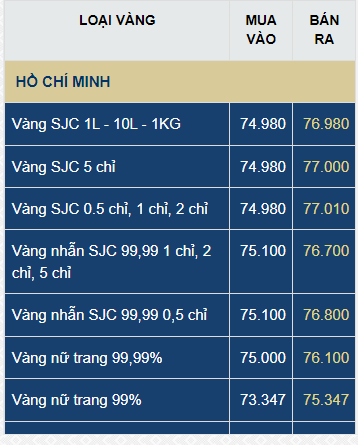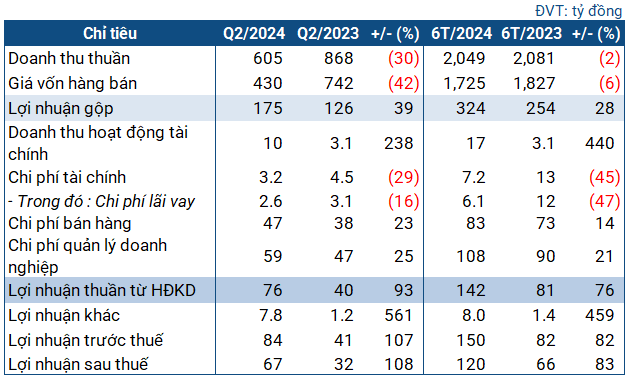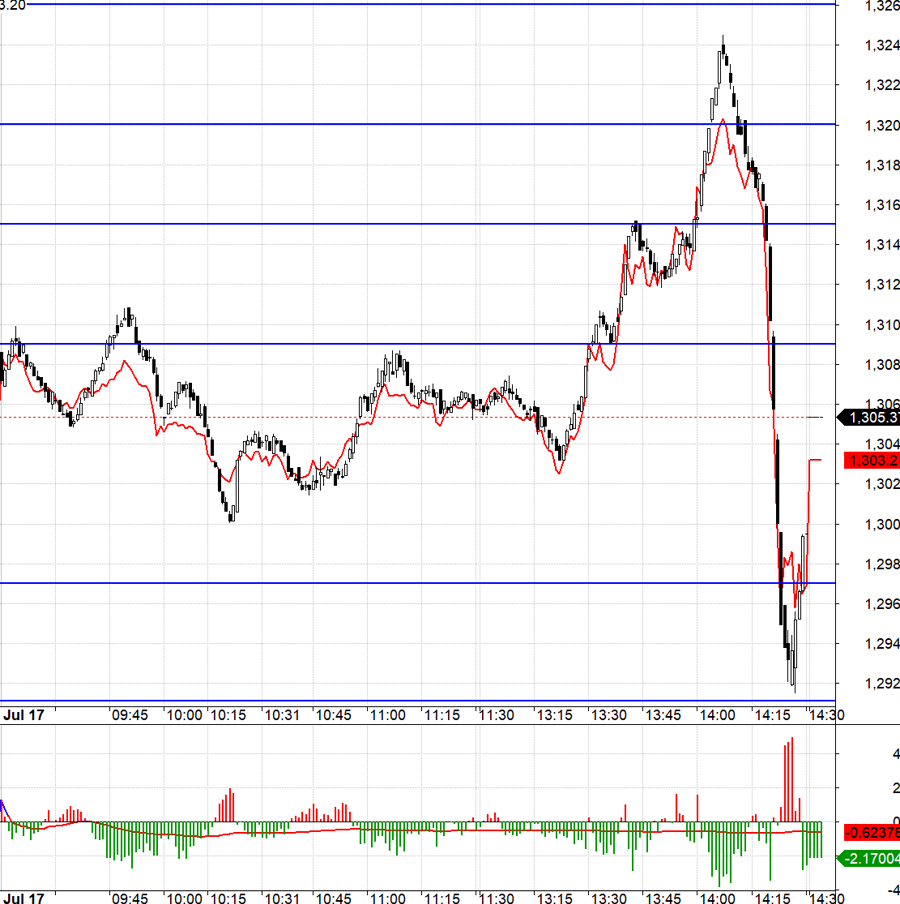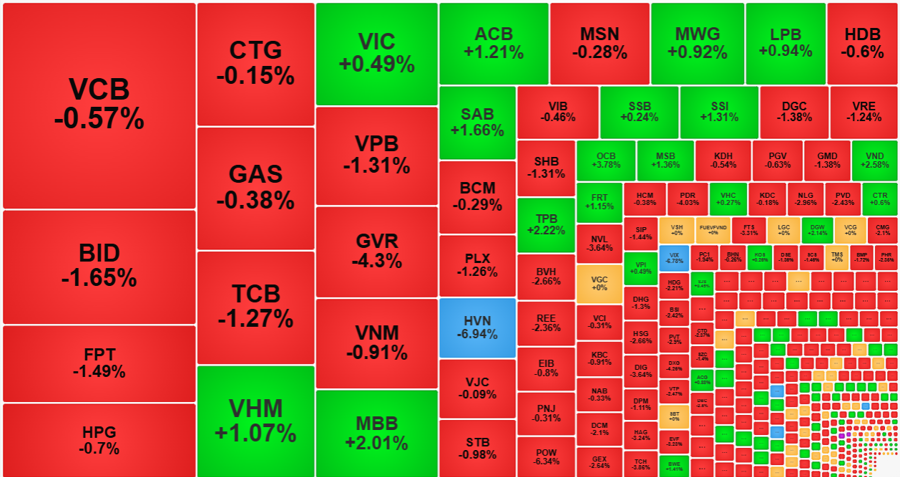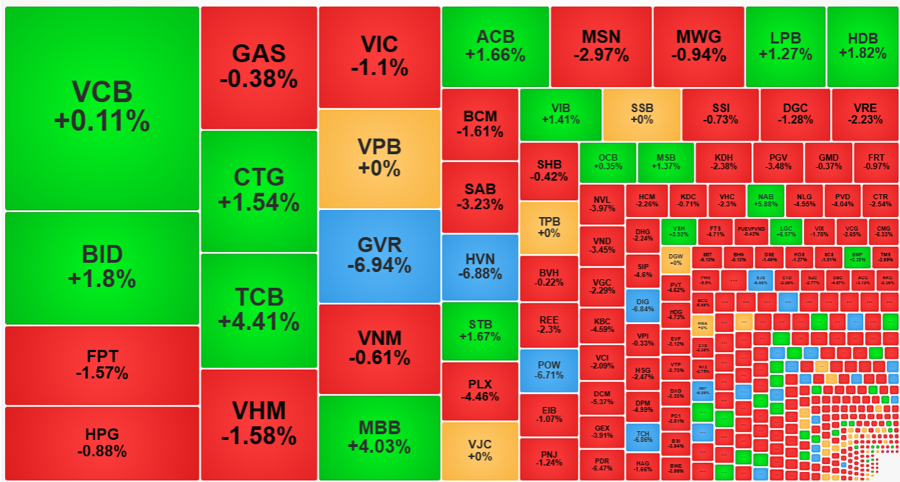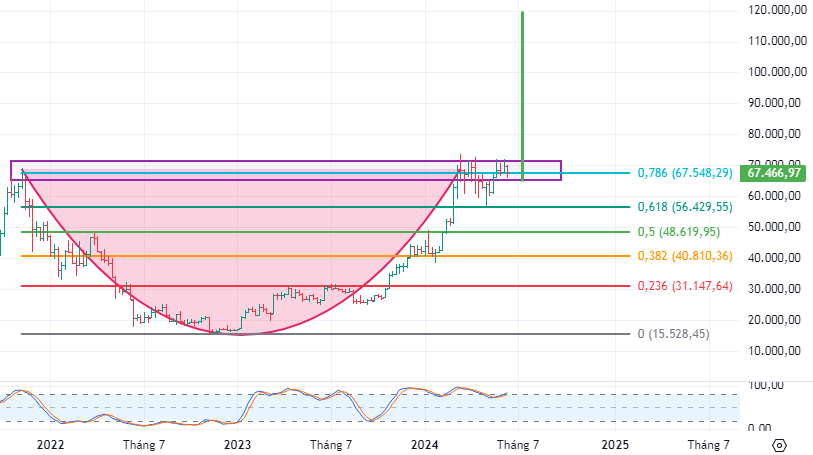According to a quarterly report released by the National Institute of Finance and Development (NIFD) of China, the debt-to-GDP ratio of China has reached a record high of 287.8% in 2023, as reported by Caixin Global.
In particular, the household debt ratio increased by 1.3 percentage points to 63.4%, and the government debt ratio increased by 5.3 percentage points to 55.9%. However, the ratio for non-financial corporations saw the largest increase, with a rise of 6.9 percentage points to 168.4%.
The report also noted that the total debt burden of businesses, government, and households is growing at a slower pace of 9.8% in 2023, almost unchanged from last year.
NIFD believes that both reducing debt and macro leverage ratios of China have been significantly affected by the slowdown in nominal economic growth. The research institute further stated that another round of slowing debt growth would have a more significant impact on China’s economy.
The organization recommended that the Chinese government implement various efforts, such as enhancing policy support, to stimulate domestic demand and growth. The report also suggested setting a target of 7% nominal GDP growth and implementing additional stimulus measures if the target is not achieved.

In 2023, China’s debt-to-GDP ratio reached a record high. Illustrative photo.
Vietnam’s public debt under control
In the report on the Ministry of Finance’s summary of the 3-year implementation of the National Financial Plan and the situation of borrowing and repaying public debt in the 2021-2025 period, the total borrowing of the Government is about VND 1,317 trillion (reaching 42.9% of the plan), of which borrowing from the central budget is about VND 1,279 trillion (reaching 44.1% of the plan). The direct debt repayment obligation of the Government is about VND 906.7 trillion (reaching 53.3% of the plan). According to the report, by the end of 2023, public debt is under control within the safe limit.
Specifically, the public debt is about VND 4 trillion, accounting for about 39-40% of GDP, decreased from 42.7% of GDP in 2021. The Government debt is about VND 3.7 trillion, accounting for about 36-37% of GDP, reduced from 38.7% of GDP in 2021. In terms of the debt structure of the Government: by the end of 2023, domestic debt accounted for 73% of the Government’s outstanding debt, increased from 67% in 2021.
The country’s external debt is about VND 3.8 trillion, accounting for about 37-38% of GDP, equivalent to 38.1% of GDP in 2021. In the structure of the country’s external debt, self-borrowing and self-repayment debt of businesses and credit institutions increased from 61.4% in 2021 to 70.7% in 2023, while Government debt and government-guaranteed foreign borrowing decreased from 38.6% in 2021 to 29.3% in 2023.
The direct debt repayment obligation of the Government (excluding debts repayable for re-lending)/Total state budget revenue is about 20-21%, slightly decreased compared to 21.5% in 2021.
The country’s foreign debt repayment obligation (excluding short-term debts repayable within 12 months)/Total merchandise and service export turnover is about 7-8%, increased compared to 6.2% in 2021 due to tightening global financial market conditions, higher interest rates, fewer new loans by businesses, primarily debt repayment.









